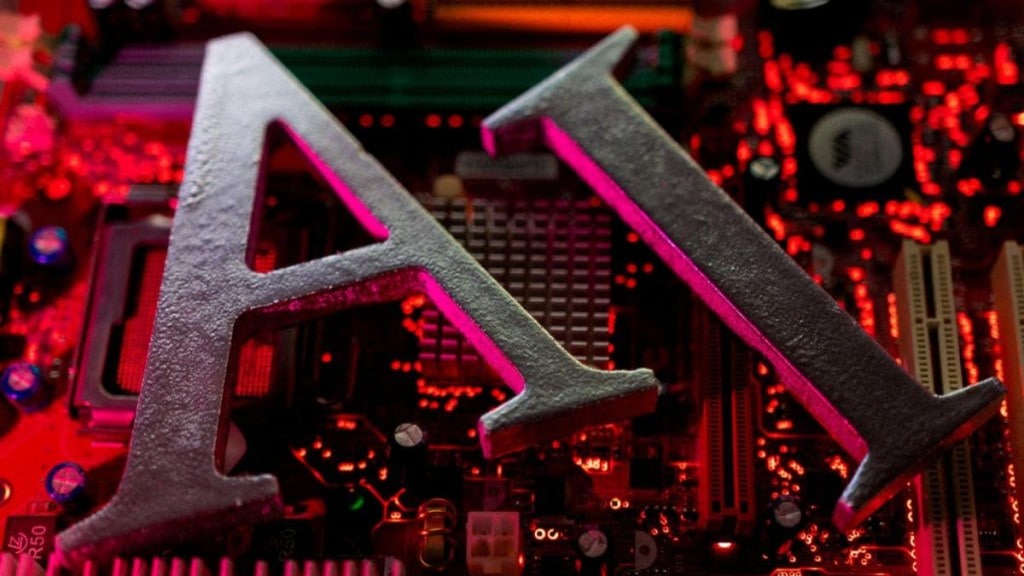President Donald Trump’s announcement of Stargate marks an ambitious move to maintain United States’ leadership in artificial intelligence (AI). The initiative, spearheaded by Japanese conglomerate Softbank, cloud giant Oracle, and OpenAI, aims to build advanced AI infrastructure in the US to remain ahead of China in what experts call the new arms race, given that AI is poised to impact everything from the economy to military capabilities. The project entails a staggering $500-billion investment in AI infrastructure and is expected to create over 100,000 American jobs in the immediate term. This shows the initiative’s alignment with the dual goals of re-industrialisation and bolstering national security capabilities.
Stargate comes as part of a broader push to bolster the US’s AI infrastructure in response to increasing global demand for computing power. The US retains a lead over China in the technology domain, though Chinese tech giants such as Huawei and TikTok have posed significant competition to American counterparts like Nokia and Meta. AI is the next frontier in this rivalry. The US seeks to maintain its edge as China advances through a blend of government initiatives, corporate investments, and academic contributions. The Chinese government’s 2017 “Next Generation Artificial Intelligence Development Plan” highlights AI as a strategic technology, emphasising its role in industrial transformation, social governance, and national competitiveness. The Stargate project represents a critical step towards the new US government’s efforts to stop China from taking a lead in AI capabilities. One caveat, though. New presidents have often held joint announcements with companies about massive US investments to promote a supposed rebirth of American industry. But their track record for success is decidedly mixed. Trump himself in 2017 announced with Foxconn a massive $10-billion electronics factory that was expected to create 13,000 jobs. But the company eventually abandoned most of its plans and finally said it would invest just $672 million in a revised deal that would create fewer than 1,500 jobs.
India, meanwhile, has pursued a different path, focusing on developing digital technology stacks to deliver essential services to its population. Projects like Aadhaar and the Unified Payments Interface (UPI) underline this approach, achieving remarkable success by leveraging technology for social and economic inclusion. In telecom, the 4G stack developed by the TCS-Tejas partnership reflects a similar strategy, prioritising domestic needs over international markets. Indian tech leaders, including Nandan Nilekani, have advocated building small language models (SLMs) tailored to specific business needs rather than large language models like those developed by OpenAI and Google. This pragmatic approach aligns with India’s focus on solving localised problems and supporting domestic industries. However, it also reflects India’s current limitations in competing with US firms in global markets.
India’s reliance on US technology is evident, and it will never adopt Chinese AI application programming interface. While US tech firms maintain close partnerships with their Indian counterparts, Trump’s transactional approach to international relations necessitates careful navigation by India. Strengthening these partnerships while fostering indigenous innovation will be critical to India’s success in the evolving AI landscape. While India’s emphasis on SLMs is practical, it should not abandon the quest to develop its own foundational AI models. Foundational models, built on extensive data sets, have the potential to drive innovation across industries and enhance India’s technological sovereignty. Initiating baby steps in this direction is the best way to lay the groundwork for the future.

